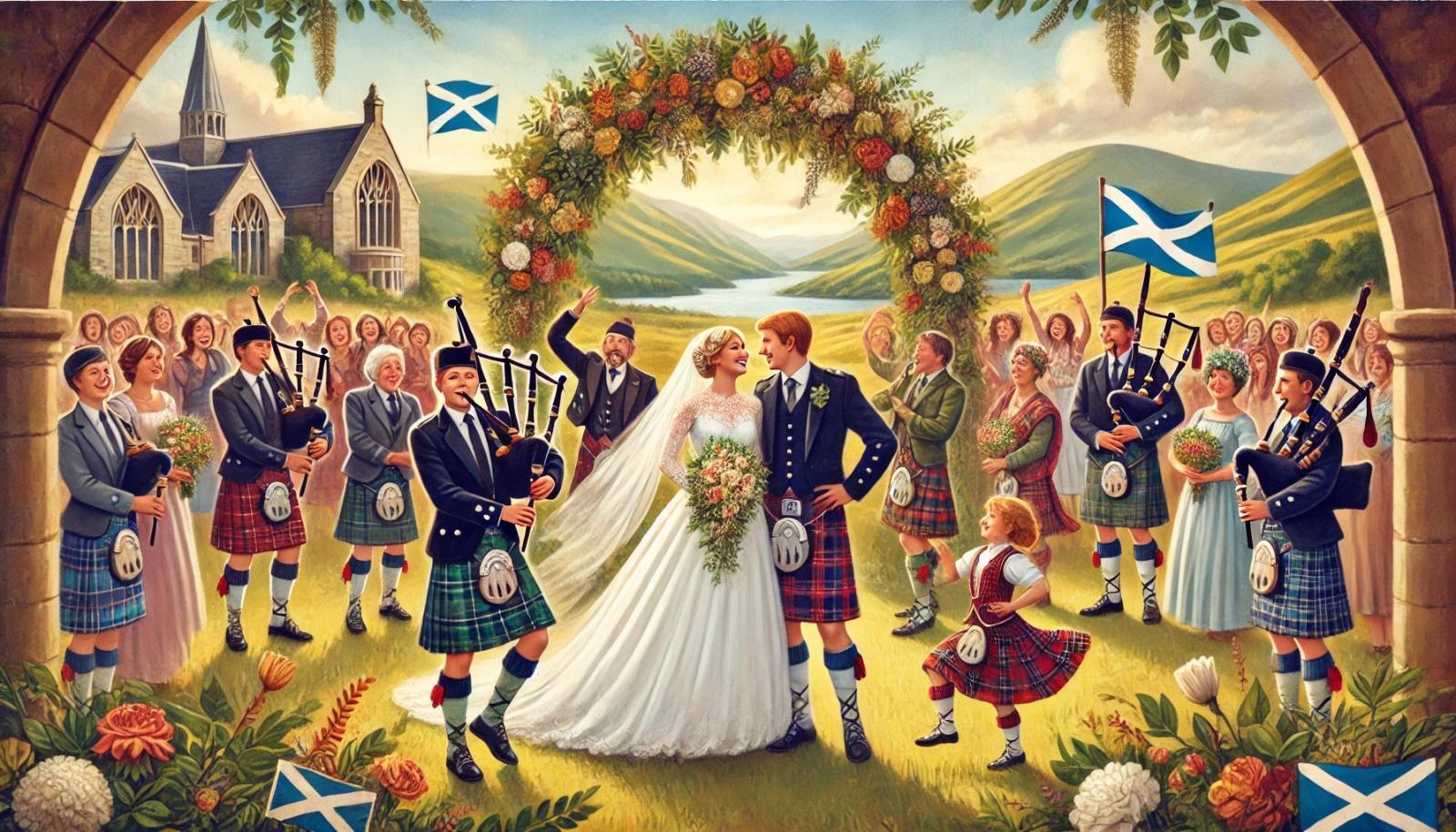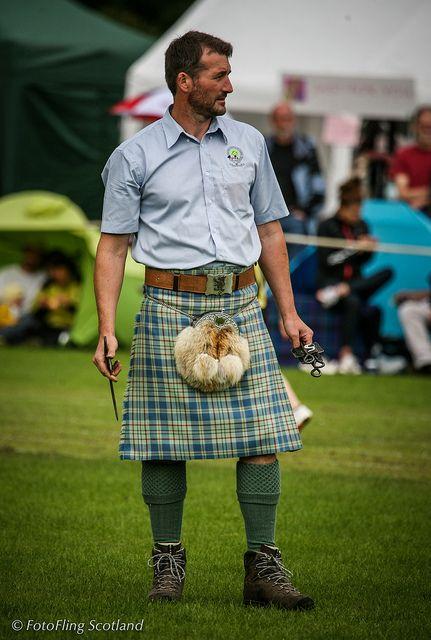Notifications

8 minutes, 2 seconds
-24 Views 0 Comments 0 Likes 0 Reviews

Scottish weddings are a rich blend of tradition, music, bold fashion, and heartfelt rituals—where kilts twirl on the dance floor and bagpipes mark every moment with unforgettable sound. This immersive account captures the spirit of attending a Scottish wedding, from ceremonial customs to the unspoken magic of tartan, clan pride, and community celebration.
From the moment you arrive at a Scottish wedding, you know you’re about to experience something unique. There’s a feeling in the air—part reverence, part revelry—where centuries-old customs and modern love stories meet in perfect harmony.
The venue might be:
A historic castle overlooking a loch
A rural church in the Highlands
A city hall adorned with tartan bunting
A windswept field with a handfasting cord ready
No matter the setting, the vibe is unmistakable: warm, proud, and steeped in tradition.
The first thing that strikes your senses isn’t visual—it’s audible. The wail of bagpipes is both haunting and exhilarating, announcing arrivals and elevating moments of ceremony.
Bagpipes may accompany:
The bride’s entrance
The groom and groomsmen’s procession
The couple’s exit as newlyweds
The evening ceilidh (more on that soon)
Live pipers in full Highland dress are often a highlight, giving a soul-stirring emotional depth to the event. Whether indoors or out, their sound cuts through silence like a call to honor something bigger than ourselves.
One of the most striking elements of a Scottish wedding is the sea of kilts. From grooms and groomsmen to guests and even young children, kilts take center stage—each worn with personal pride and ancestral purpose.
Common kilt elements include:
Traditional tartans representing family clans
Prince Charlie jackets or tweed waistcoats
Sporrans (some elegant, others richly detailed with silver or fur)
Kilt hose and flashes, often coordinated with the tartan
Sgian-dubhs (small ceremonial knives) tucked into the sock
But not all kilts are formal. Some guests wear modern kilts styled with boots or casual jackets, reflecting personal identity, regional ties, or fashion-forward flair.
“It’s like a catwalk of heritage—with every pleat telling a different story.”
Scottish wedding ceremonies are as varied as the people themselves. Some are religious, some secular, many are deeply personal, blending:
Traditional vows with Gaelic readings
Handfasting ceremonies (an ancient Celtic ritual where hands are bound together)
Quaich ceremonies, where the couple shares whisky from a two-handled cup to symbolize unity
Bagpipe interludes, family blessings, and even a bit of light-hearted storytelling
What stands out most is the intimacy and inclusiveness of the rituals—guests are often invited to witness, speak, or toast in ways that feel sacred but never stiff.
Scottish wedding receptions are known for their generosity and joy. Food and drink flow freely, and toasts range from deeply emotional to hilariously unpredictable.
You can expect:
Local fare like haggis, salmon, venison, tatties and neeps (potatoes and turnips)
A traditional wedding cake (often fruitcake-based and wrapped in fondant)
Whisky tastings or personalized bottle favors
Speeches from family members, best friends, and even spontaneous guest tributes
The mood? Loud, loving, and full of laughter.
No Scottish wedding is complete without a ceilidh—a social dance where everyone, from toddlers to elders, joins in the fun.
Live bands lead dances like:
The Gay Gordons
Strip the Willow
The Dashing White Sergeant
Eightsome Reel
The steps are often called out, making it easy for beginners to join. The kilt shines here, flaring with every spin and stomp. It's the physical embodiment of joy, and the dance floor becomes a blur of tartan, laughter, and shared rhythm.
Scottish weddings carry a strong sense of belonging. Clan identity may be reflected in:
Tartan choices
Crests on invitations or programs
Family-led rituals or readings
Seating arrangements that honor long-standing connections
Even for guests with no Scottish heritage, the warmth is contagious. Everyone becomes part of the celebration—because Scottish weddings are about community as much as couplehood.
Other special touches might include:
Bagpipers leading the wedding party to the ceremony
A groom’s speech delivered partially in Scots or Gaelic
Brides incorporating tartan sashes or shawls
Handmade favors (like shortbread or mini whisky bottles)
A moment of silence or toast for ancestors and absent loved ones
These thoughtful details make the day not only memorable, but deeply meaningful.
Attending a Scottish wedding is more than witnessing two people say “I do.” It’s a cultural immersion, a crash course in celebration, and a reminder of how traditions can be both ancient and alive.
I left with:
A deeper appreciation for Highland culture
A desire to learn more about tartans and ancestry
The rhythm of ceilidh music still in my bones
The memory of being wrapped in warmth—both literal and emotional
“In Scotland, they don’t just marry—they gather, honor, feast, dance, and carry their stories forward.”
A Scottish wedding is a blend of fierce pride and overflowing heart. It honors the past while embracing the present. It welcomes guests not just to watch—but to participate in a living, breathing tradition.
From the skirl of bagpipes to the swirl of kilts on the dance floor, it’s a celebration where history wears its finest, and everyone gets to share in its beauty.
Scottish wedding food handfasting ritual cultural wedding traditions Scottish groom style clan pride wedding ceilidh dances Scottish marriage customs heritage celebration

